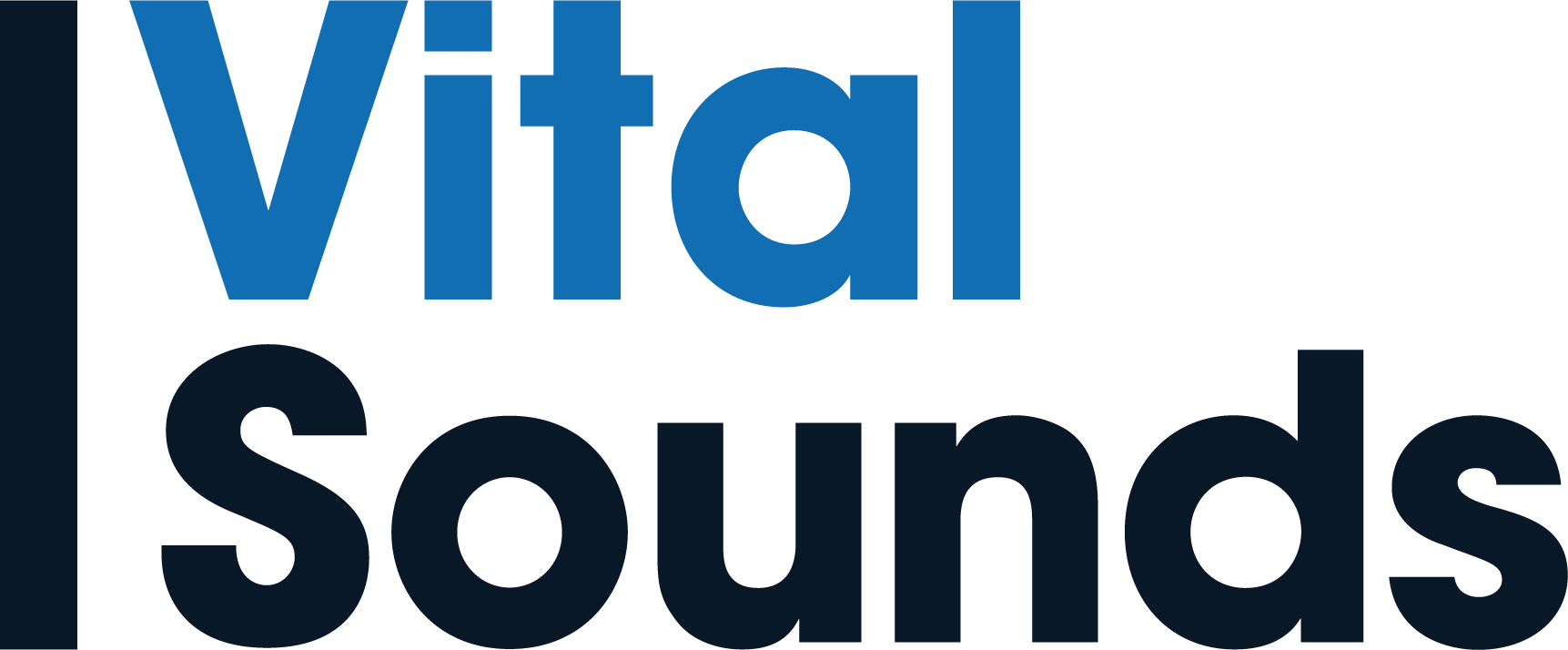Connie Christian, MBA, CPHRM

Each year ECRI identifies ten potential patient safety concerns to support organizations in their efforts to identify and respond to threats to patient safety proactively. ECRI and KAMMCO encourage facilities and organizations to use this list to help formulate their risk mitigation strategies.
ECRI Top 10 Patient Safety Concerns in 2022
This year, ECRI collaborated with the Institute for Safe Medication Practices (ISMP) and analyzed a broad scope of data. ECRI and ISMP formulated the 2022 report from patient safety events and concerns reported to or investigated by the organizations, scientific literature, client research requests and queries, and other internal and external data sources.
1 – Staffing Shortages
Persistent shortages of clinical and non-clinical staff across the continuum of care occurred well before the COVID-19 pandemic. These shortages have continued to escalate throughout the pandemic. Due to these organizational-wide staffing shortfalls, organizations must consider implementing flexible recruitment and retention programs.
2 – COVID-19 effects on healthcare workers’ mental health
An often discussed but inadequately addressed result of the COVID-19 pandemic is the toll it has taken on the mental health of the healthcare workforce. Mental health was already at a crisis level for healthcare professionals before the pandemic; many were at risk for burnout, emotional exhaustion, or depression before 2020. The pandemic has now forced a reckoning with healthcare workers’ mental health needs. It is imperative that healthcare organizations support clinician resilience for all members of the healthcare team.
3 – Bias and racism in addressing patient safety
It has been well-documented how racial and ethnic disparities affect access to care and health outcomes. What is less well-publicized is how these inequities affect how health providers respond to and report adverse events. Healthcare organizations must recognize that racism and implicit biases may be present in the organization. To do so, they should:
- Establish and implement policies designed to identify and eliminate racism and discrimination across the continuum of care;
- Examine the racial demographics of reported patient safety events;
- Conduct root cause analysis when serious events take place; and
- Determine whether racial or ethnic disparities exist in the types of events that are reported and analyzed.
4 – Vaccine coverage gaps and errors
The success of any vaccine relies on correct, widespread administration to the appropriate populations. Vaccine gaps and errors may harm patients or provide inadequate protection against serious diseases. To improve vaccine coverage and safety, healthcare organizations can implement a comprehensive vaccine program that includes periodic evaluation of vaccination rates, community-based interventions, community outreach, and patient engagement. The program should also include providing vaccine information in patients’ preferred language. It is also recommended that a comprehensive vaccination and promotion program for clinicians and staff be provided.
5 – Cognitive biases and diagnostic error
Clinicians should develop an organizational-wide understanding of the depth to which cognitive biases affect patient outcomes. Simply recognizing that the bias exists may help overcome the bias.
Cognitive biases can result in misdiagnoses by skewing how clinicians gather and interpret evidence, take action, and evaluate decisions. The four common clinician biases include:
- Anchoring bias occurs when a clinician adheres to their initial impression in the face of conflicting evidence.
- Confirmation bias occurs when information is cherry-picked to support the diagnosis.
- The affect heuristic states that actions are driven by emotions, which often manifest as strong feelings about a patient after an encounter.
- Outcome bias occurs when clinical results always follow prior decisions, preventing clinicians from considering feedback to improve their care delivery.
All cognitive biases are a danger to patient safety. They are difficult to perceive and even more difficult to dismantle. Nevertheless, failure to do so can result in misdiagnosis and delayed or inappropriate treatment.
6 – Non-ventilator healthcare-associated pneumonia
Pneumonia is the most common healthcare-associated infection in the United States (US) and is linked to substantial morbidity and mortality. Despite the attention placed on ventilator-associated pneumonia, non-ventilator healthcare-associated pneumonia (NV-HAP) diagnoses in the US make up 65% of the cases, with only 35% associated with ventilators.
NV-HAP is a preventable event that’s underreported as a healthcare complication. About 1 in every 100 hospitalized patients experiences NV-HAP, with mortality rates ranging from 15–30% for hospitalized patients and 13–41% for long-term care residents. Proactive prevention of NV-HAP requires incorporating patient or resident care intervention bundles, providing staff education, conducting infection surveillance, and targeting performance improvement activities around NV-HAP.
7 – Human factors in operationalizing telehealth
Accounting for user experiences from all stakeholders is critical to the successful implementation, optimization, and sustainability of your telehealth services. Overlooking human factors in the design, implementation, usability, and evaluation of telehealth systems may lead to a situation mirroring what happened during the widespread adoption of electronic health records (EHRs). The initial EHR adoption caused numerous issues for providers and patients, including fractured adoption, interrupted workflows, user dissatisfaction, and complete system failure. Provider organizations often focus on technical specification and integration with existing EHR systems and payment models.
8 – International supply chain disruptions
The US heavily relies on international manufacturers to produce medical equipment, medications, and other health care supplies. While medical supply and medication shortages have long been a problem in health care, international supply disruptions resulting from the COVID-19 pandemic and other recent natural disasters have exacerbated this situation. Planning, preparation, communication, flexibility, and cooperation with outside collaborators are essential for safely navigating supply chain interruptions.
9 – Products subject to emergency use authorization
During emergencies, when no US Food and Drug Administration (FDA) approved alternatives are available, the FDA can issue emergency use authorization (EUA) for medications, devices, or biologicals for serious diseases or conditions. Rigorous management of EUA products optimizes patient safety and minimizes risks. The FDA can improve patient safety by assigning supervision of EUA product management to an appropriate committee or committees, monitoring the inventory of EUA products, and informing providers which products have EUA status.
10 – Telemetry monitoring
Implementing clinical and technological risk mitigation strategies will improve telemetry monitoring outcomes. Technical breakdowns and breakdowns related to clinician response disrupt the identification of critical and abnormal changes in a patient’s health status. This, in turn, increases the risk of patient harm. Common problems include:
- alarm fatigue
- poor satiety culture between departments
- infrastructure breakdowns that cause dropouts and lost communication
- lack of emergency backup
- staff confusion in roles and responsibilities
- cyber vulnerabilities
- communication complications due to different or incompatible hardware and software between the patient care area and the monitoring location
Full Report
The full Top 10 report offers action recommendations, resources, and references. ECRI has made the Top 10 Patient Safety Concerns 2022 report publicly available for download at https://www.ecri.org/top-10-patient-safety-concerns-2022.
ECRI is an independent, nonprofit organization improving the safety, quality, and cost-effectiveness of care across all health care settings. ECRI’s unbiased assurance in evidence-based research, medical device testing, and knowledge of patient safety are uniquely respected by healthcare leaders and agencies worldwide. Visit ecri.org and follow @ECRI Institute to learn more.
Contact Us
For more information on risk management, loss prevention, and professional liability issues, contact Connie Christian at cchristian@kammco.com.
